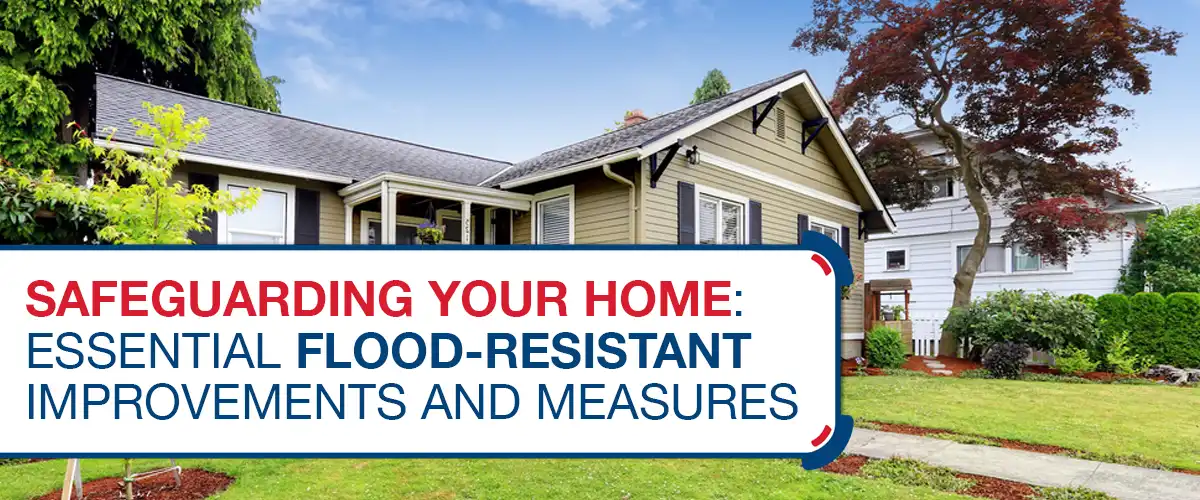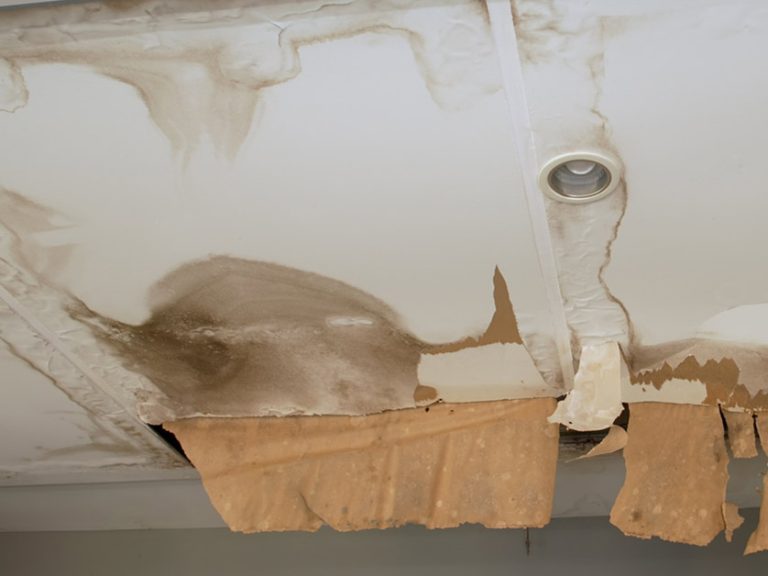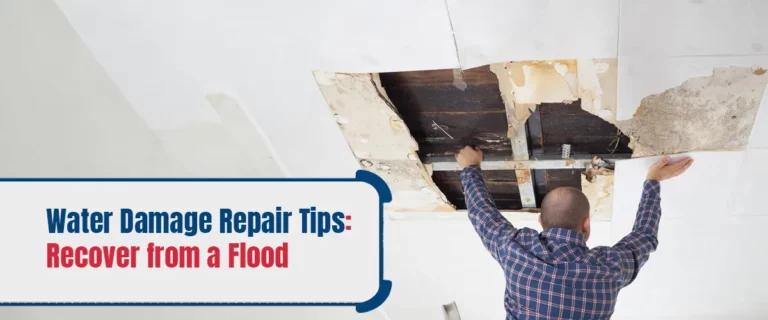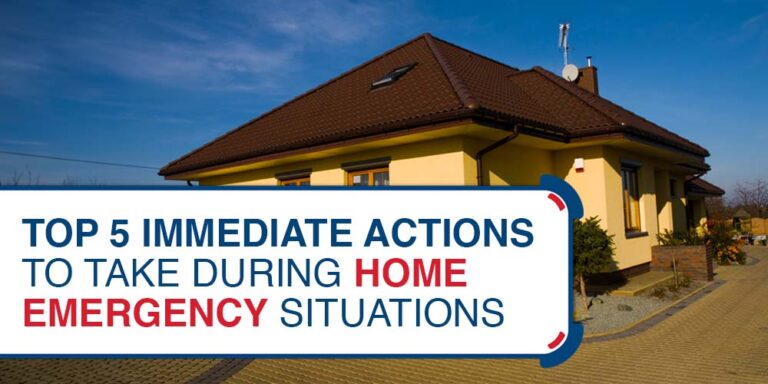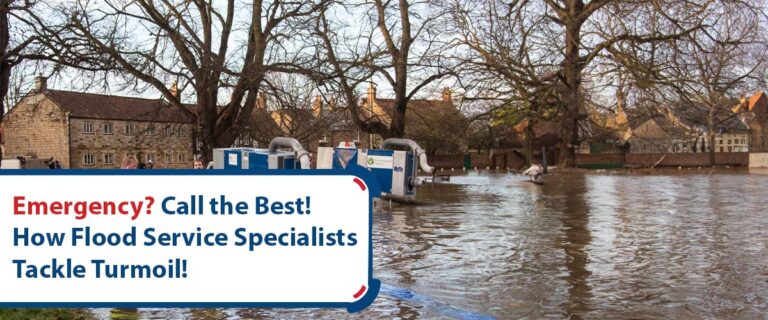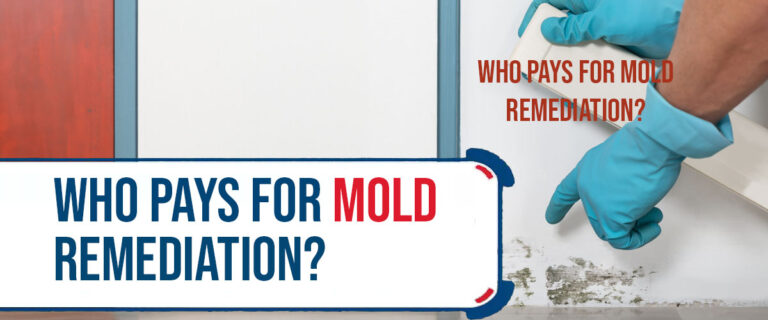In a world where nature’s wrath can strike unexpectedly, it’s essential to ask: Are you prepared to protect your home and loved ones from the unforgiving force of floods?
So, let’s embark on this journey to fortify your home against the forces of nature. Flood resistance refers to the capacity of structures, landscapes, and communities to withstand and mitigate the detrimental effects of flooding, which occurs when water inundates typically dry areas.
Furthermore, floods significantly threaten human lives and property, and one cannot overstate the importance of flood protection measures. This blog explores the critical role of flood protection measures like (levees, flood barriers, and urban planning) in reducing flood vulnerability. It also aims to raise awareness of flood resistance’s importance and advocate for its implementation, fostering resilient and disaster-ready communities.
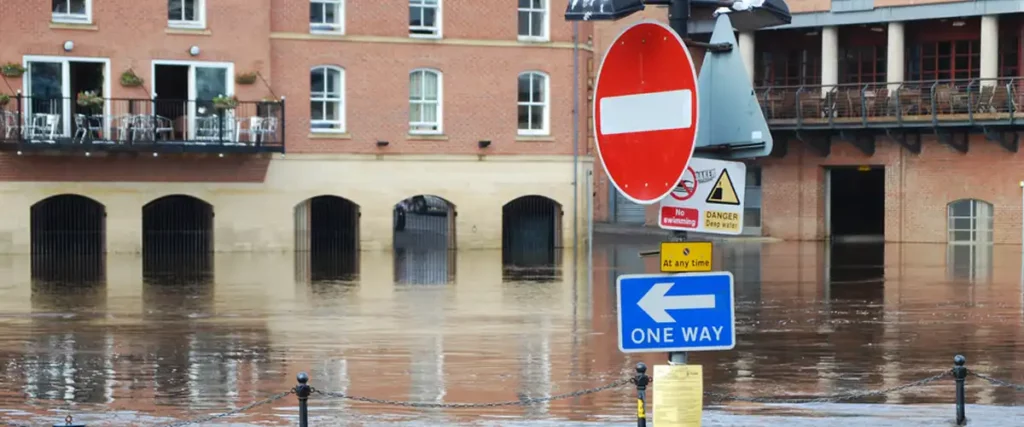
Understanding Flood Risks
Understanding flood risks is paramount for safeguarding your home from potential disasters. Let’s explore the intricacies of flood risks in the following.
- Assessing your home’s vulnerability to flooding – Before taking any flood protection measures, evaluating your home’s exposure to flooding is crucial. Factors like location, elevation, and proximity to bodies of water significantly determine your risk level.
- Identifying high-risk areas in your region – Understanding the local topography and historical flood data can help identify high-risk areas in your region. This knowledge will guide your flood-resistant strategies.
- Local floodplain maps and regulations – Consult local floodplain maps and rules to gain insights into the flood risk in your area and the building codes that apply to flood-resistant construction.
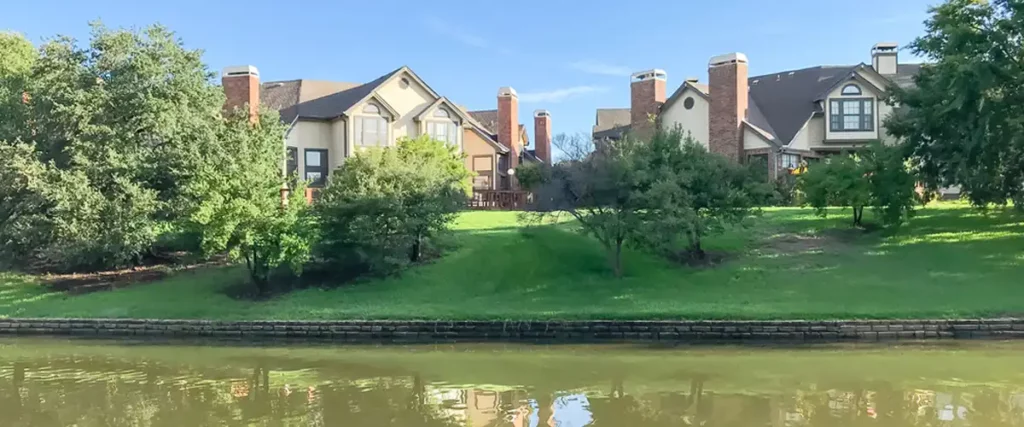
Creating a Flood-Resistant Foundation
A solid foundation is the first line of defense against flooding. Here are vital steps to consider:
1. Elevating Your Home: Pilings and Raised Foundations
One effective way to protect your home is to elevate it using pilings or raised foundations. It keeps the living area above potential floodwaters, reducing damage.
2. Flood Vents: Function and Installation
Flood vents relieve hydrostatic pressure by allowing water to pass through the foundation of your property. Properly installed flood vents can prevent structural damage during floods.
3. Waterproofing and Sealants for Basements and Crawl Spaces
Basements and crawl spaces are vulnerable to flooding. Waterproofing and sealants can help keep these areas dry during floods, protecting your home’s integrity.
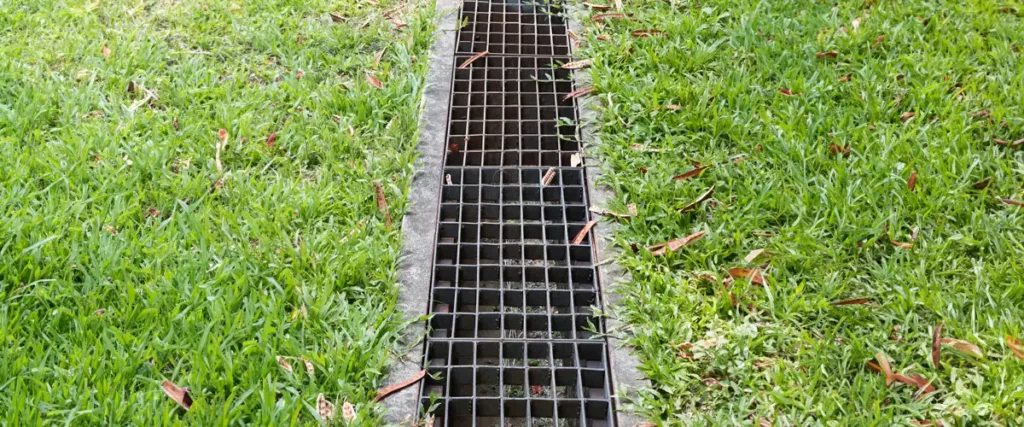
Fortifying Exterior Structures
Your home’s exterior is also susceptible to flood damage. The following are the keys to safeguarding your space and ensuring its longevity in adversity:
- Impact-resistant doors and windows – Upgrade your doors and windows to impact-resistant models. These can withstand the force of debris carried by floodwaters and help maintain the integrity of your home.
- Sump pumps and drainage systems – Installing sump pumps and efficient drainage systems can quickly remove water from your property, lessening the chance of floods.
- Reinforcing roofing and siding for flood resilience – Reinforce your roofing and siding to make them more flood-resistant. Additionally, securely anchor roof shingles and siding to prevent them from being torn off by strong winds and floodwaters.

Interior Modifications for Flood Protection
Making your home flood-resistant in Paola, KS is paramount as flood risks grow. These are the solutions you need to ensure your peace of mind during flood events:
- Elevated electrical systems – Raising electrical systems above flood levels is crucial to prevent electrical hazards. Properly anchor and elevate outlets, switches, and panels.
- Water-resistant building materials for flooring and walls – Utilize water-resistant building materials for flooring and walls to minimize water damage and mold growth.
- Essential appliances – Elevate and anchor appliances are critical to prevent them from being damaged or displaced by floodwaters.

Landscaping for Flood Mitigation
In the face of rising flood risks, landscaping for flood mitigation has become a critical strategy for safeguarding our homes and communities. The following are the landscaping strategies you need to know:
- Proper grading and land sloping techniques – Landscaping can help manage floodwater flow. Good grading and land-sloping plans redirect water away from your home.
- Rain gardens and permeable surfaces –Implement rain gardens and porous surfaces in your yard. Additionally, these features absorb excess moisture, reducing flood risks.
- Vegetation choices for flood-prone areas – Select flood-resistant vegetation for your garden. Certain plants can help stabilize soil and reduce erosion during floods.
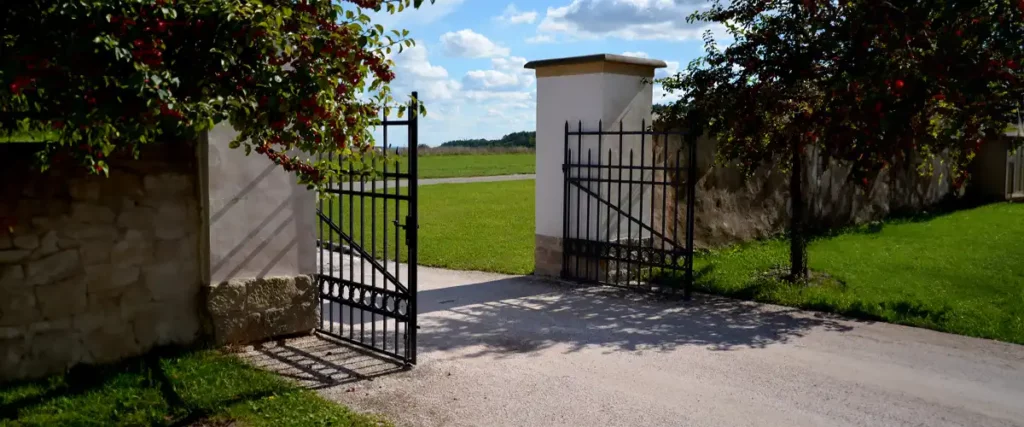
Installing Flood Barriers and Gates
Flood barriers and gates can prevent floodwaters from entering your home. There are a variety of different types of flood barriers, such as:
- Permanent flood barriers – These are made of concrete, brick, or metal, designed to withstand floodwaters, and installed in high-risk areas.
- Temporary flood barriers – Made of sandbags, inflatable tubes, or plywood, it is less expensive but offers lower protection against floods.
Flood gates prevent floodwaters from entering and are installed on doors and windows using materials like aluminum, steel, and plastic. Following the manufacturer’s installation instructions is vital to ensure flood barriers and gates effectively prevent floodwaters from entering your home.

Emergency Preparedness and Response
Being ready can make all the difference when a disaster occurs. These are the keys to staying resilient in the face of adversity:
- Flood emergency kit – Prepare a comprehensive flood emergency kit containing essential supplies and documents for your family’s safety.
- Evacuation plans and routes – Develop evacuation plans and ways in advance to ensure a smooth escape during a flood.
- Communication strategies during a flood event – Establish communication strategies to keep your family informed and connected during a flood event.

Utilizing Technology for Early Warning
Leveraging technology can provide early flood warnings. These innovations empower communities to prepare and respond effectively in the face of impending flood threats, such as:
- Flood sensors and alarms – Invest in flood sensors and alarms that warn early about rising water levels.
- Smart home integration for flood monitoring – Leverage smart home technology to monitor flood risks and receive alerts remotely.
- Accessing official alerts and warnings – Stay informed by accessing official watches and warnings issued by local authorities and weather agencies.

Community Involvement and Resources
Being part of a supportive community can make a difference. These are the building blocks of a safer, more resilient neighborhood:
- Joining local flood preparedness programs – Participate in local flood preparedness programs to connect with your community and access valuable resources.
- Government assistance and grants for flood-resistant improvements – Explore government assistance programs and grants available for flood-resistant home improvements.
- Networking with neighbors for mutual support – Build a network of neighbors who can provide mutual support during flood events.
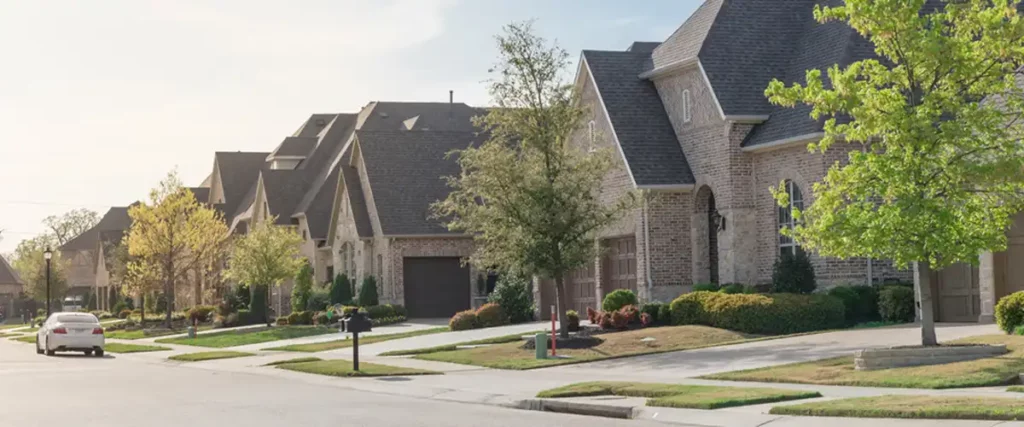
Flood-Ready Home Solutions!
To sum up, implementing key flood-resistant measures is crucial in protecting your home from flood damage. These measures include creating flood-resistant foundations, fortifying exteriors, modifying interiors, and installing flood barriers and gates.
Moreover, taking proactive steps to safeguard your home and encourage others to do the same is essential. By investing in flood protection, you not only minimize potential damage and loss but also ensure long-term benefits such as safety, peace of mind, and financial security. Act now to secure your home and protect your family from the devastating impacts of flooding.
References:
- Floods | Ready.gov. (2023, September). Retrieved from https://www.ready.gov/floods
- Protect Your Home from Flooding LOW-COST PROJECTS YOU CAN DO YOURSELF | FEMA (n.d.). Retrieved from https://www.fema.gov/sites/default/files/documents/fema_protect-your-home-from-flooding-brochure_2020.pdf


